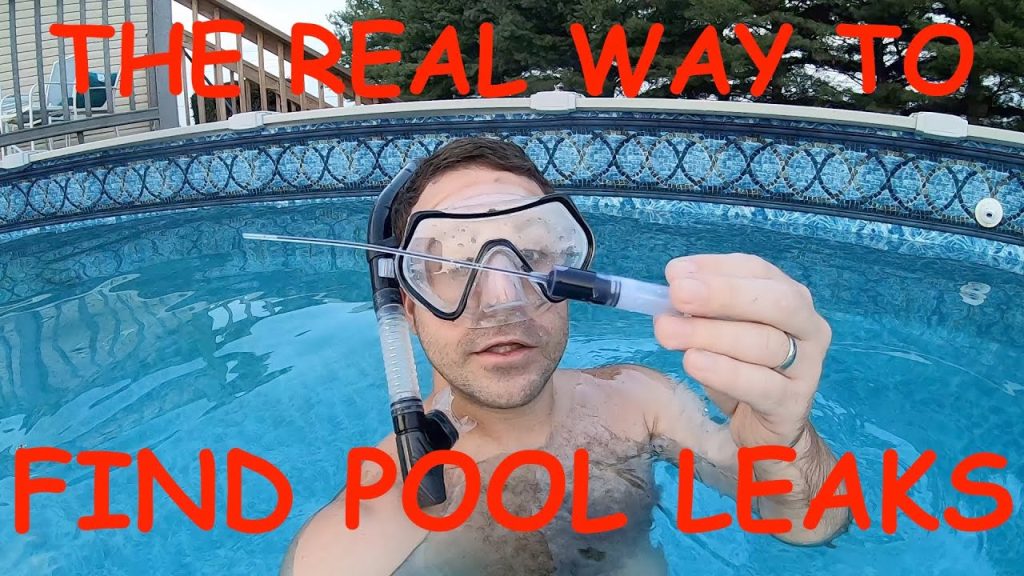If you’ve ever owned an above ground pool, you know how frustrating it can be to deal with a leak. Not only does it lead to water wastage, but it also affects the pool’s structural integrity. However, finding a leak in an above ground pool can be a daunting task. The good news is that with the right techniques and a little bit of patience, you can locate and fix the leak without too much hassle.
:max_bytes(150000):strip_icc()/GettyImages-1391942084-0b11dd5cd941438eaa8f93a8504fd8a4.jpg)
Credit: www.thespruce.com
1. Visual Inspection
Start by visually inspecting the pool and its surrounding area. Look for any visible cracks, tears, or holes in the pool liner. Pay close attention to the areas around the skimmer, return jets, and the ladder, as these are common places for leaks to occur. Make a note of any potential problem areas to investigate further.
2. The Bucket Test
The bucket test is a simple yet effective way to determine if your pool is leaking. Here’s how it works: fill a bucket with pool water and place it on the pool step. Make sure the water level inside the bucket matches the water level in the pool. Mark the water level inside the bucket and the pool, and then wait 24 hours. If the water inside the bucket drops more than the water in the pool, you likely have a leak.
3. Dye Test
Another method to detect leaks is by using a dye test. Add a few drops of food coloring to the water near suspected leak areas and observe if the color is drawn out of the pool. This can help pinpoint the location of the leak, especially in cases where it’s hard to identify visual signs of damage.

Credit: www.inyopools.com
4. Pressure Testing
Pressure testing involves using a pool pump and a pressure gauge to determine if there’s a leak in the plumbing system. By pressurizing the system and monitoring the pressure drop over time, you can identify potential leaks. This method is particularly useful for detecting leaks in the underground plumbing of above ground pools.
5. Professional Assistance
If you’ve tried the above methods and still can’t locate the leak, it might be time to call in the professionals. Pool leak detection experts have specialized equipment, such as acoustic listening devices and thermal imaging cameras, to pinpoint the exact location of the leak. While this option may come with a cost, it can save you time and frustration in the long run.
6. Fixing the Leak
Once you’ve identified the location of the leak, it’s time to fix it. For minor tears or holes in the pool liner, a patch kit can be used to seal the damaged area. In the case of plumbing leaks, it’s best to seek the help of a professional plumber or pool technician to ensure the problem is fixed correctly.
Conclusion
Finding and fixing a leak in an above ground pool may seem like a daunting task, but with the right techniques, it can be manageable. Regular inspection and maintenance can help prevent leaks from occurring in the first place. By taking the time to identify and repair leaks, you can ensure that your pool remains in top condition for years to come.



